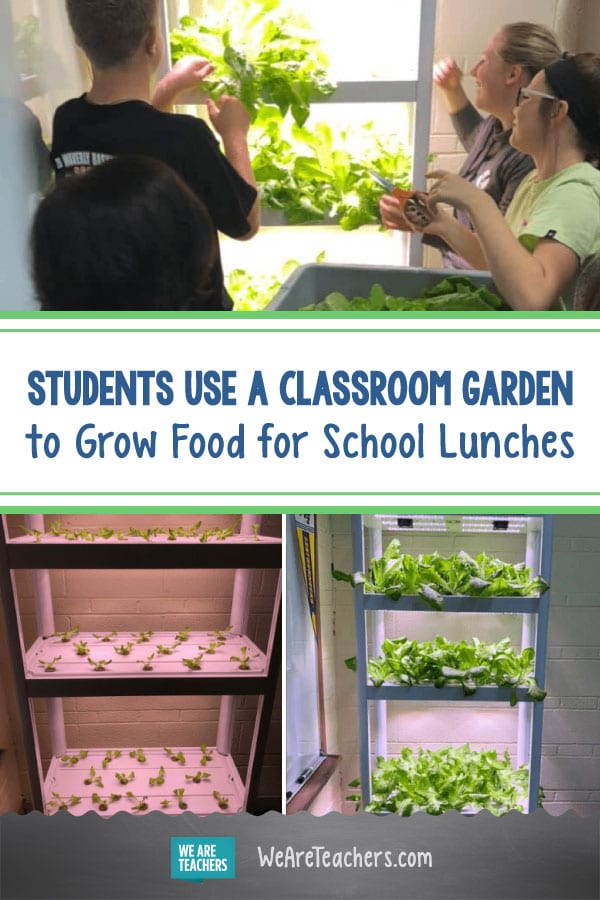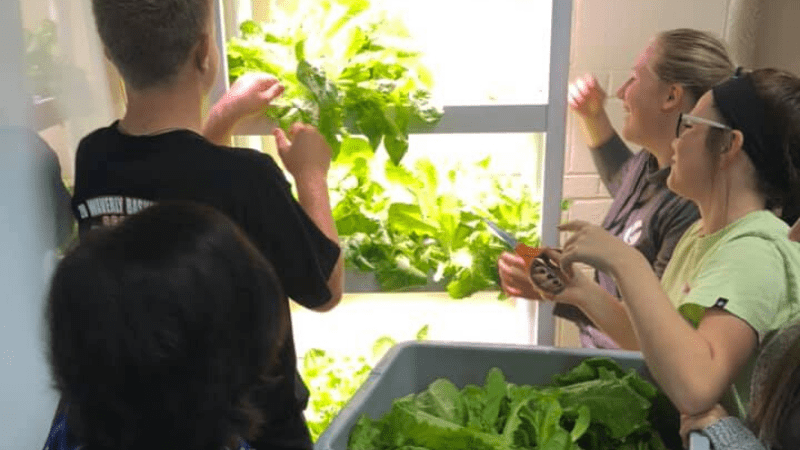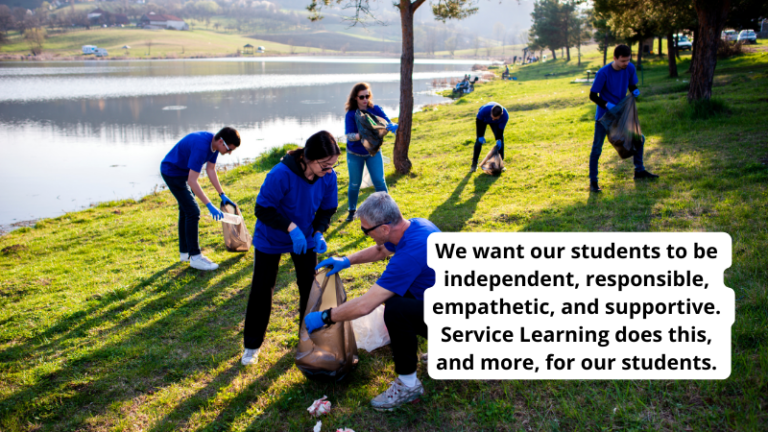At the beginning of the school year, I had an idea: What if my students started a classroom garden that helped supply food to our school cafeteria? The students would have a hands-on, purposeful opportunity to learn about plant science. Plus we’d help our food services department cut costs.
I asked my administrators if I could test out a new plant lab garden system from Realityworks. I’m only in my second year of teaching, but they trusted me, and my request paid off. Now, the whole school benefits from nutritious salad greens that my students grow right in our classroom garden.
Engaging Students From the Start
When students entered my classroom in the fall, the first thing they noticed was the flashy and futuristic-looking equipment. They were immediately curious and excited to learn about this state-of-the-art indoor garden.
The process of growing produce was simple. The starter kit included everything we needed to grow 42 beds of butter lettuce. The kit came with seeds, reusable growing cups, Rockwool, and starter nutrients that have lasted us the whole year so far. It also came with a user guide, LED grow lights, fans, a water pump, and a seven-gallon water tank.
Teaching the Future of Agriculture
Through this hands-on classroom garden project, my students learned exactly how to grow food through a modern system of indoor gardening called hydroponics. Farmland is all around our school, so it’s hard for my students to imagine that hydroponics is rapidly becoming a popular way of growing food in our country. But this project helped.
In a nutshell, hydroponics is an alternative farming technique that’s great for areas that don’t have a lot of cropland. It eliminates the need for soil. Instead, it uses a water pump to circulate nutrients through Rockwool growing cups that hold plants. This helps grow healthy vegetables just about anywhere. Plus it allows farmers to easily maintain optimum growing conditions for their indoor crops.
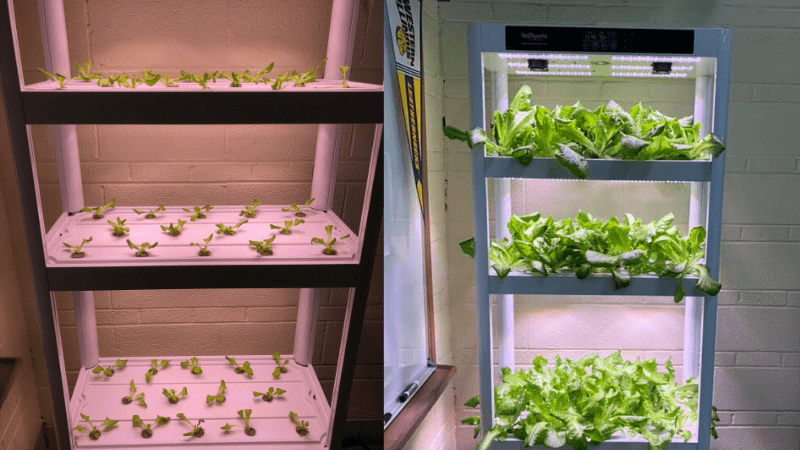
Photo Credit: Brent Nelson
Cutting Costs and Serving up School Pride
Even though our Realityworks kit was provided at no cost since we were beta testers, my administration still wanted to consider cost savings. We learned that, with just one hydroponics unit, we’re able to grow enough lettuce to feed the whole school for one week every month. This is a significant cost savings for the cafeteria budget. We just let the cooks know ahead of time so they can adjust their food order.
Aside from cost savings, my students benefit greatly from the school garden project. They engage in the hands-on lessons, demonstrate pride in providing food for their community, and learn responsibility from following through on their commitments and tending to the garden.
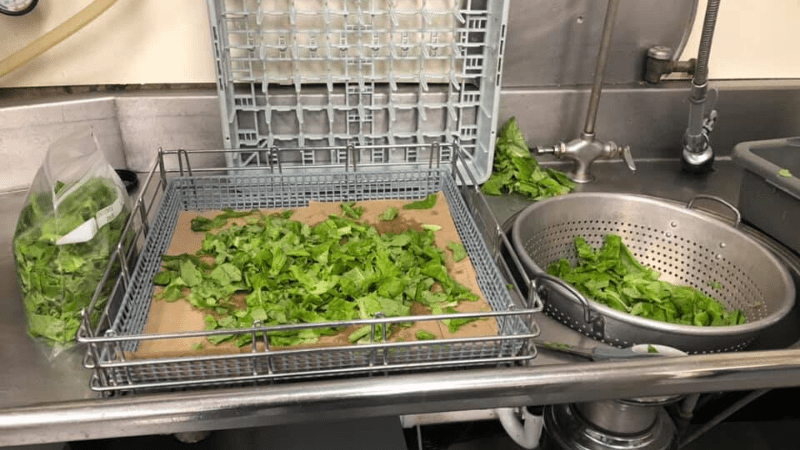
Photo Credit: Brent Nelson
Teaching About the Food System in a Worthwhile Way
Learning about hydroponics is particularly important at my school since a large portion of the kids in our community pursue agriculture careers. That said, hydroponics is engaging and worthwhile to learn even for students who don’t plan to work in the agricultural industry.
Since so much of our nation’s farmland has been replaced with cities and growing suburbs, hydroponics helps address concerns about sustainability and food scarcity. Cities around the country are installing floor-to-ceiling gardens—just like the ones my students use but much larger—in warehouses and former big-box stores.
Expanding Our Classroom Garden
My students’ new goal is to help our school eliminate the need to order lettuce altogether. To do that, we’ll need to invest in one additional hydroponics unit. Since this first year was so successful, my administrators are considering it. Hopefully, we’ll soon be looking at creative ways to fund our purchase.
I definitely recommend that teachers look into using grant money to help cover the initial costs of a school garden. That way, you can make the cost savings stretch even further.
Want to Start Your Own Classroom Garden?
Whether you simply want to teach students about plant science or expand your program to provide food for school lunches, Realityworks’ Educational Hydroponics Systems can help. Click the orange button below to learn more about how these tools can help increase student engagement and develop valuable skills.
I Want to Learn More About Hydroponic Classroom Gardens
